Völkerschlachtdenkmal (Monument to the Battle of the Nations)
This incredible stone temple is a monument to death, victory, and fantasy architecture.
Completed in 1913, the Monument to the Battle of the Nations is a colossal structure incorporating huge stone figures, vast crypt chambers, and an overall feel that the whole thing was constructed by the dwarven folk of fantasy novels.
The titular Battle of the Nations actually took place in October of 1813 between Napoleon and his allies and Russian, Prussian, Austrian, and Swedish fighters. In the end, Napoleon was forced to surrender and retreat, but the battle itself, which involved over 600,000 troops, was notoriously bloody. Almost immediately following the battle the monument was proposed. It was designed and planned over the following decades and ground was finally broken in 1898 on the very spot the French leader had surrendered. After 15 years of construction the colossal monument was finished in 1913.
The exterior of the structure has the stately shape of a temple. At its base stands a towering sculpture of the archangel Michael who is joined in his vigil over the monument by a ring of giant stone guards circling the second story. Inside, the monument contains two floors. The first floor is known as the crypt (although no one is buried there) and features eight statues representing fallen warriors in the form of massive medieval knights. These knights are joined by a number of other figures known as the Guards of the Dead. The second story, known as the Hall of Fame, contains four more giant figures, each standing over 31 feet tall. If visitors continue up the stairs (over 500 of them in the entire trek), they can even step out onto the roof deck and take in a scenic view of the city so many people died to protect.
There is an artificial body of water in front of the monument which is known as the “Lake of Tears” and reminds the visitor of the horrendous losses suffered on both sided of the battle. Since it is considered a place of memorial, it is not permitted to bathe or swim in the water.
Despite the sober mood and bloody origins of the Monument to the Battle of the Nations, its overall effect is that of something out of a fantasy novel, too large and strange to have been made by human hands. But the reality of the horrible battle that took place on the site was likely even more surreal for the men who had to die in it.
Know Before You Go
Accessible by Tram, Bus, or Bike, partially accessible for disabled people (elevator).


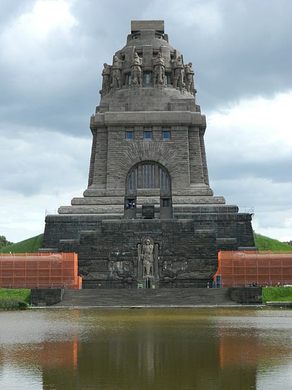




















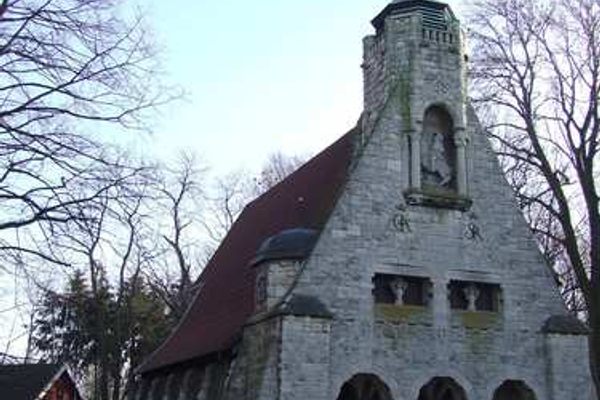
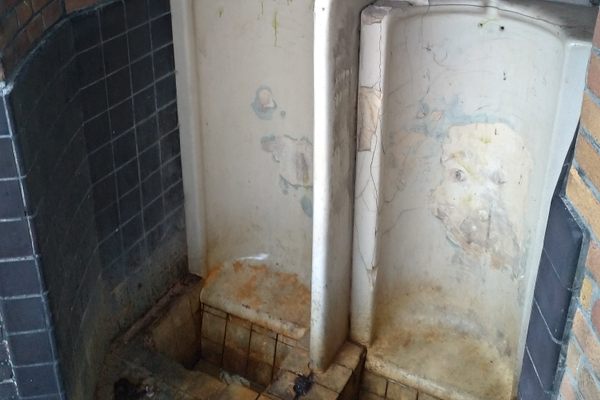

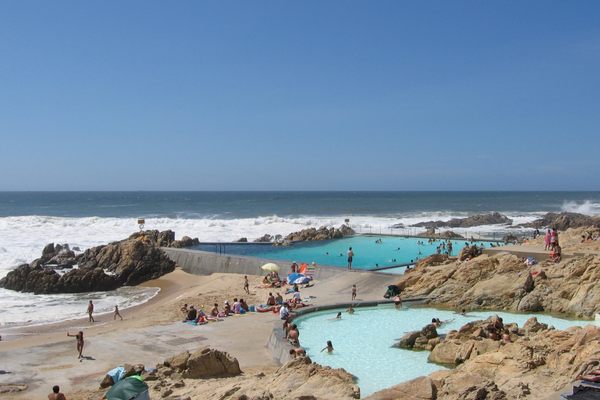
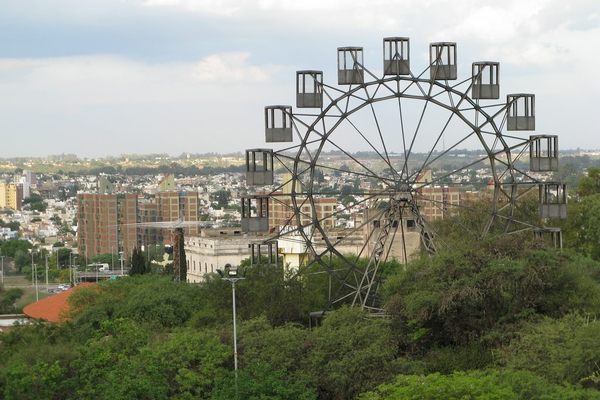

Follow us on Twitter to get the latest on the world's hidden wonders.
Like us on Facebook to get the latest on the world's hidden wonders.
Follow us on Twitter Like us on Facebook